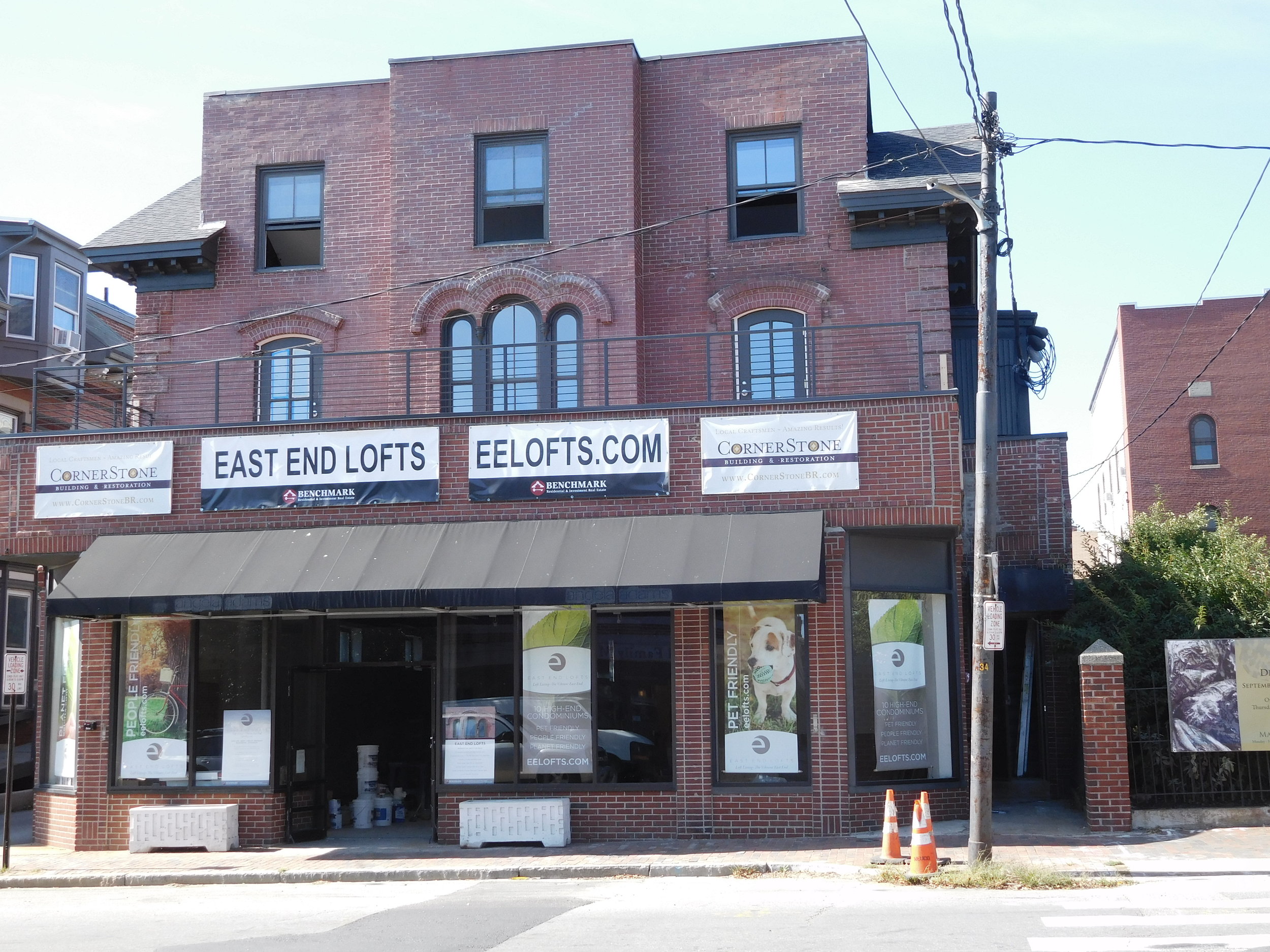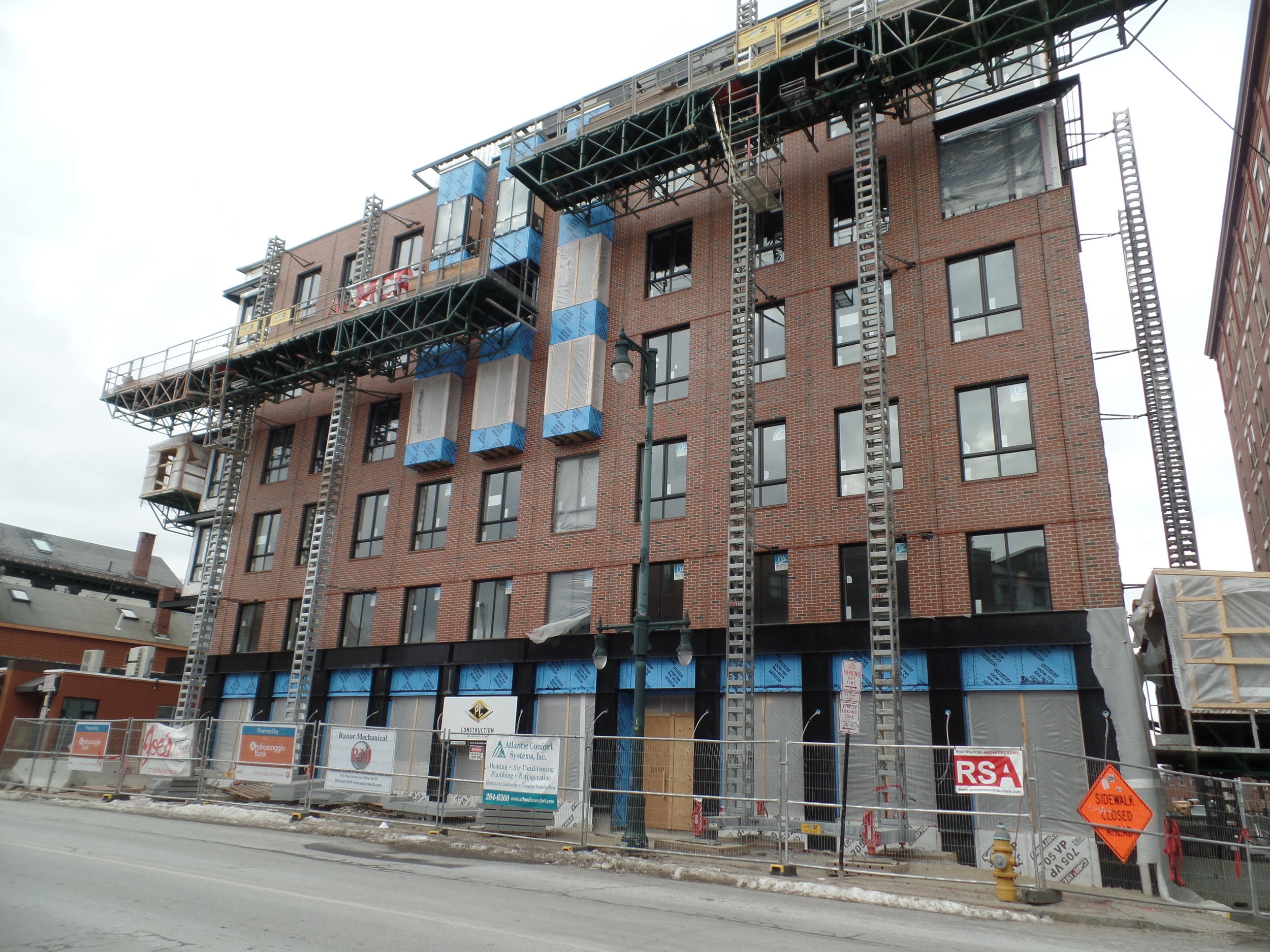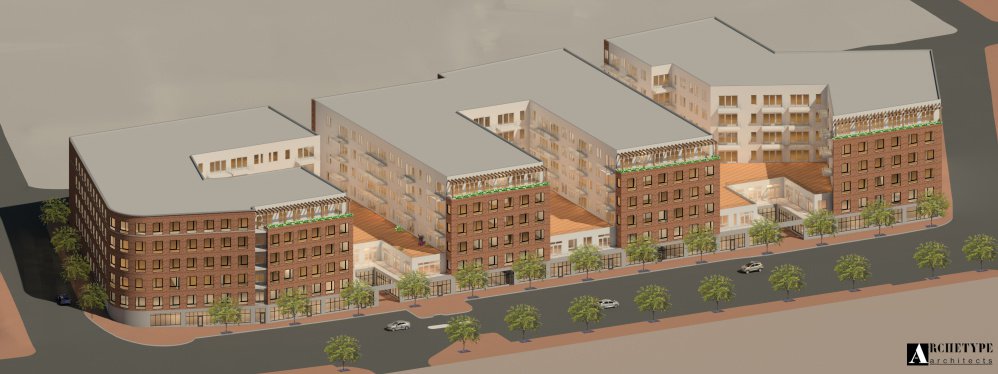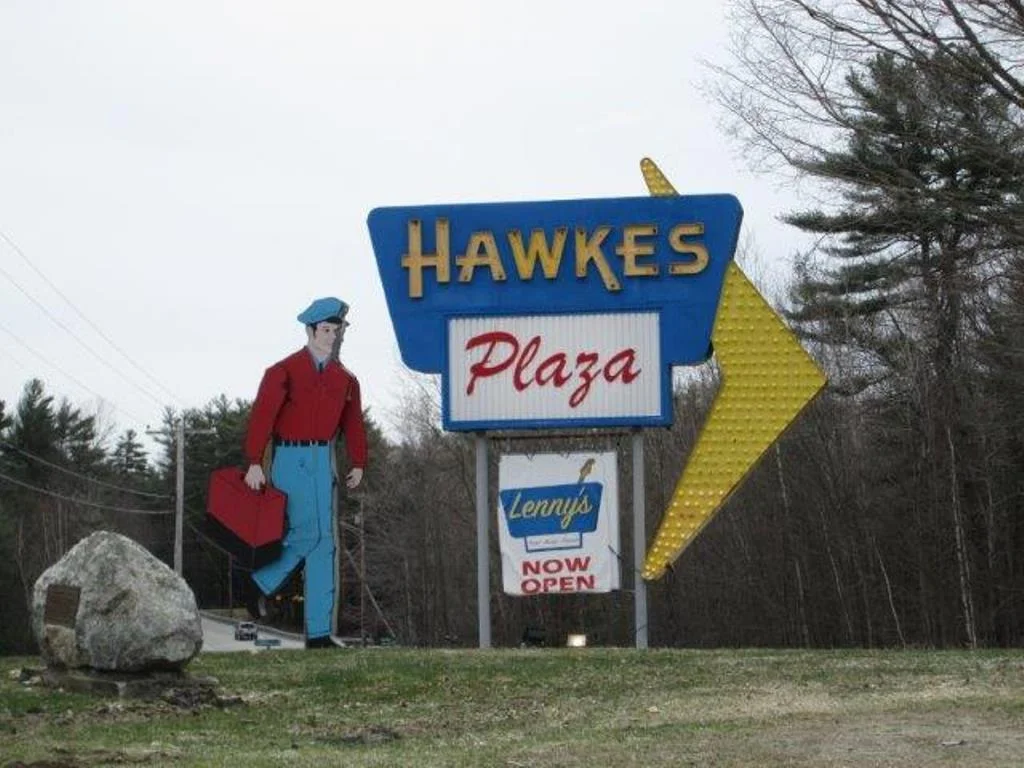The Press Hotel, Irvin Serrano Photography
Sen. Susan Collins and five other senators have introduced the Historic Tax Credit Improvement Act of 2017 (S.425). The bill would increase the historic tax credit (HTC) for certain small projects, allow credit transfers for certain small projects, lower the expenditure threshold to qualify for the HTC from 100 percent to 50 percent of the adjusted basis, reduce the depreciable basis adjustment for HTC property, and modify certain tax-exempt property rules. Several members of the House of Representatives introduced a companion bill in their chamber.
For more than three decades, the federal Historic Tax Credit (HTC) has successfully implemented a national policy of preserving our historic resources. It is the most significant investment the federal government makes toward the preservation of our historic buildings. Despite a proven track record of stimulating economic growth and preserving our architectural heritage, however, the historic tax credit faces an uncertain future. As pressure builds to reform the nation’s tax code, several influential tax reform proposals recommend a repeal of this essential credit. We appreciate Sen. Collins' sponsorship of this bill and her support for the redevelopment of Maine's historic resources.
Please join us in thanking Sen. Collins by email or with a thank you note or postcard via mail at One Canal Plaza, Suite 802, Portland, ME 04101.
Thank you Senator Collins for sponsoring the Historic Tax Credit Improvement Act (S.425) and for your continued support of a program that has proven to be a cost-effective driver of economic development and job creation while conserving our nation's historic places.
More information on the Federal Historic Tax Credit is available here.
Greater Portland Landmarks letter to Senator Collins is available here.













